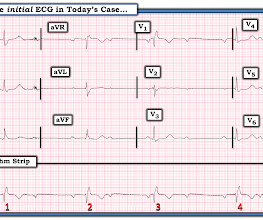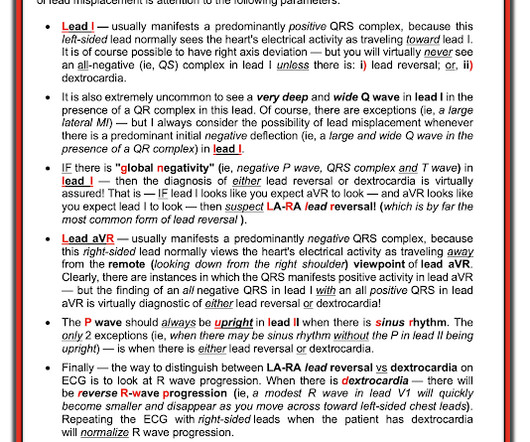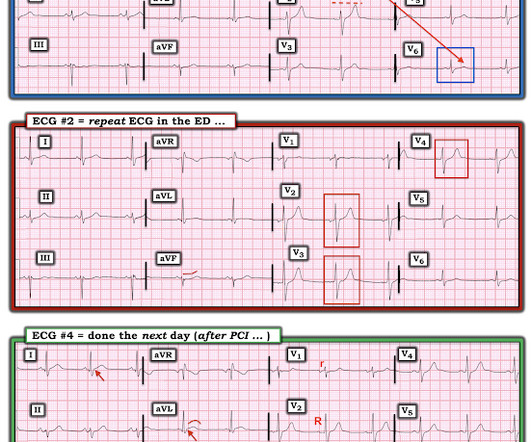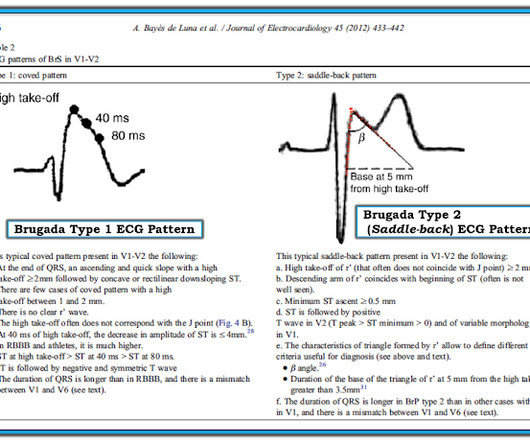ECG Blog #399 — Which Laddergram is Correct?
Ken Grauer, MD
OCTOBER 13, 2023
Even if we stopped here — We could conclude the following: There is marked bradycardia in today's rhythm ( ie, Heart rate in the low 30s ). Finally — If today's patient does not have significant underlying coronary disease — then her bradycardia with AV block may be the result of SSS ( S ick S inus S yndrome ).













Let's personalize your content